It was like a badge of honor, yet a painful one. As I cradled my guitar, the sight of my bloody fingers left me pondering how the joy of music could lead to such relentless discomfort. Ironically, this wasn’t unusual—many guitarists face this rite of passage that challenges both their passion and perseverance. My initial encounters with these injuries were humbling, revealing the quiet but profound struggle behind every stage performance and soulful melody. What drives us to endure such pain? The answer isn’t simple, but the understanding that follows is deeply rewarding.
This journey into the world of guitar playing injuries unveils the hidden truths behind those bleeding fingers. Here, we’ll delve into not just the physical causes—like improper techniques and emotional tenacity that pushes boundaries—but also explore effective ways to prevent and treat these issues, turning every challenge into a stepping stone toward mastery.
Understanding the Causes
Physical Factors

The transformation of tender fingertips into robust playing tools is a critical *physical factor* in understanding why fingers sometimes bleed from playing guitar. This journey reflects a guitarist’s evolution, where calluses and bleeding signify the crossroads of pain and progress. What if your fingers could actually strengthen themselves through practice? This intriguing concept highlights how developing calluses can transform discomfort into a rite of passage for aspiring guitarists.
During my early days of learning fingerstyle, I faced the challenge of pain while playing guitar. With each practice session, my fingertips would scream in protest, a vivid reminder of my enthusiasm bordering a physical threshold. However, what initially felt like an insurmountable barrier became integral to my growth. Embracing this pain taught me that building calluses is not just about enduring hardship; it’s a rewarding part of developing fingerstyle skills, a lesson I cherished and embodied in my playing journey.
Recognizing these physical factors is pivotal to truly *understanding the causes* of bleeding fingers. It equips players with the knowledge to navigate their guitar journey thoughtfully and informed. As we delve deeper into improper techniques and preventive measures, this foundational understanding enriches our response to the challenges of guitar playing.
Improper Techniques
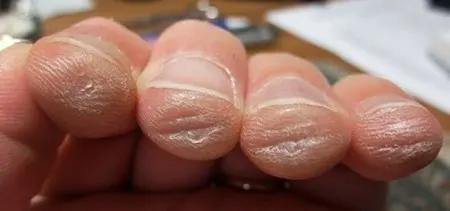
Could using the wrong techniques be putting your fingers at risk?
In my experience, *improper guitar techniques* are a key reason why fingers might start bleeding. When you’re gripping too hard or pressing strings incorrectly, you’re not just causing *unnecessary tension*—you’re also inviting string damage and discomfort. As Gerken notes, adapting your technique can dramatically change your playing experience, reducing strain and injury. *Guitar techniques*, when mastered correctly, can prevent these painful outcomes and enhance musical expression.
Understanding *improper techniques* within the broader context of ‘Understanding the Causes’ is crucial. Often, the root cause isn’t just the physical state of your fingers, but how you’re using them. Poor posture, incorrect finger placement, and overly aggressive strumming can lead to bleeding as much as tough, unyielding strings can. By refining these aspects, you’re not only safeguarding your fingers but also improving your overall play. This realization bridges the gap to our next exploration of preventing bleeding fingers and developing proper techniques.
How to Prevent Bleeding Fingers
Building Calluses
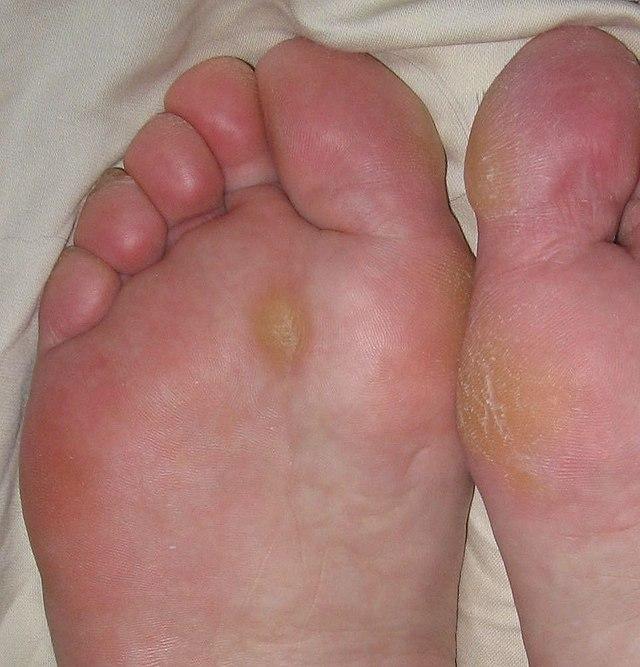
Did you know that calluses can be your best friends as a guitarist? Developing strong calluses is crucial to prevent those *dreaded blisters from guitar* sessions. In my experience, **calluses** are not just a necessity; they are *milestones* in your guitar journey. When you build **calluses and bleeding** becomes a thing of the past, it means your fingers are adapting to the demands of playing.
Initially, when you pick up the guitar, the tender skin on your fingertips is prone to irritation, leading to painful blisters or even bleeding. To counteract this, you must gradually build thick, resilient calluses. Start with short, regular practice sessions, allowing the skin to harden slowly. Don’t rush the process, as forcing it can worsen the problem and lead to setbacks.
Teja emphasizes the *significance of developed calluses*, viewing them as achievements. Strong calluses indicate perseverance and a seasoned connection with your instrument. Embrace this *imperative aspect of progression*, as preventing bleeding fingers ultimately allows for longer, more enjoyable practice sessions. Transitioning into *Proper Finger Techniques* will further optimize your playing experience.
Proper Finger Techniques
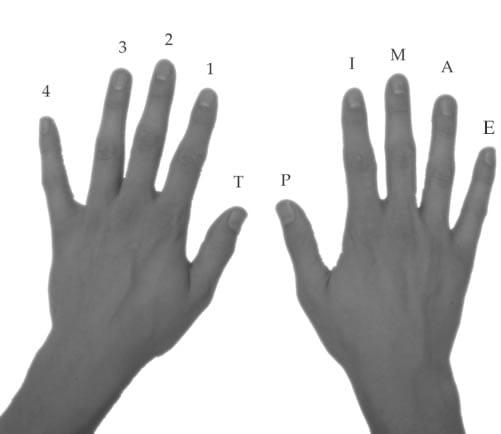
What if the way you hold your guitar could make a world of difference in your comfort? I’ve learned over decades of playing that adopting *proper finger techniques* can significantly reduce the risk of *bleeding fingers*. By developing unique habits and adjustments, I’ve avoided the discomfort and pain often linked to these issues.
To prevent injuries, it’s crucial to maintain a *relaxed grip*, ensuring your fingers are not straining unnecessarily against the strings. This reduces the likelihood of *nail damage from guitar strings* and helps distribute the pressure more evenly across your fingertips. Pay special attention to how your wrist and fingers position themselves against the fretboard; a slight adjustment can often lead to a more comfortable and sustainable playing posture.
Integrating these techniques into your playing not only improves comfort but fosters a more enjoyable experience. Understanding these nuances is *empowering* and essential to nurturing a lasting relationship with your instrument. In doing so, you set the stage for *sustainable* and injury-free playing as you build your calluses effectively and care for your fingers diligently.
Caring for Your Fingers
Aftercare Tips
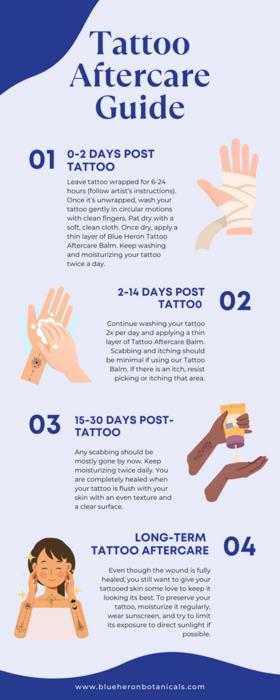
As you delve into the joys of playing guitar, the unfortunate occurrence of bleeding fingertips can dampen the experience. Yet, understanding what simple steps you can take to ensure your fingers heal properly is crucial in treating this issue effectively. Gerken emphasizes the importance of quick and effective care after gigs, detailing various remedies and techniques he has found helpful. By diving into the intricacies of treatment for bleeding fingertips, you safeguard not only your fingertips but also your passion for the instrument.
Post-performance, I recommend starting with a gentle cleanse of the affected area. This can prevent any potential infections and lay the groundwork for effective healing. Using bandages designed for minor wounds ensures the protection required for recovery, while a quality moisturizer can help soothe the skin and mitigate the harshness of friction from the strings. Remember, consistent care is key in maintaining optimal guitar finger health and resilience.
Transitioning from the preventative tactics discussed earlier, *Aftercare Tips* fortifies your knowledge with practical applications, marrying proactive and reactive strategies. As we move into personal experiences next, these insights pave the way to understanding the profound narrative that each guitarist endures and cherishes.
Personal Experiences
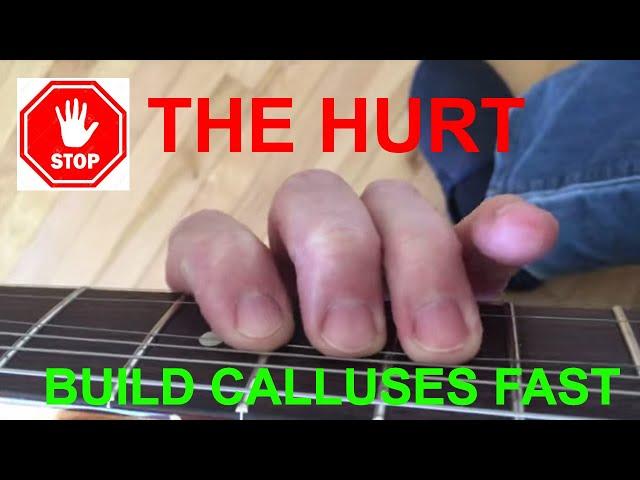
How do injuries shape a guitarist’s journey? This question lingered in my mind as I stared at my bloody fingers after yet another long practice session. At the time, it felt like more than just a physical setback—it was a moment that tested my dedication and resolve to mastering the guitar. I remember vividly the broken skin and tender pain that accompanied each strum, whispering stories of both agony and perseverance.
For many of us, the initial enthusiasm in learning quickly meets the harsh reality of guitarist hand injuries. Playing fervently often leads to bloody fingers, a rite of passage for any passionate guitarist. These injuries served as milestones in my musical journey, each scar a testament to both mistakes and relentless improvement. They highlighted my eagerness to excel, pushing me towards more proper techniques and finger care strategies. In those early days, I learned firsthand the importance of adapting my playing style to minimize damage and foster gradual, sustainable progress.
Every guitarist knows there’s no shortcut to building resilience. The pain taught me patience, allowing my skin to toughen and my skills to mature. It’s a delicate balance between pushing boundaries and respecting limits. This intimate battle with discomfort guided me towards understanding my own physical boundaries, enhancing my approach to practice and personal wellness.
Ultimately, these experiences became more than just lessons in finger care. They were an integral part of my musical evolution, bringing with them invaluable insights into perseverance, discipline, and the satisfaction that comes with overcoming physical challenges. As I continue this journey, my hope is to transform each demanding moment into stepping stones towards artistic mastery and personal growth.
FAQs
Why are my fingers bleeding from guitar playing?
How can I prevent my fingers from bleeding while playing guitar?
What should I do if my fingers bleed?
Conclusion
When is it time to take your finger injuries seriously? As someone who has experienced the excitement and challenges of learning the guitar, I know firsthand the delicate balance between *passion and protection*. The fingertips play an integral role in your journey toward mastery, and it’s crucial to develop guitar finger care habits early on. Persistent bleeding should serve as a sign to pause and reevaluate your techniques or equipment.
For me, the turning point was realizing that minor adjustments in technique and equipment could prevent most injuries. Simple practices like allowing time to build calluses, maintaining proper finger techniques, and investing in finger aftercare can dramatically reduce the chances of finger injuries. I’ve learned that thriving as a guitarist doesn’t mean compromising your health; it means understanding when to rest and reassess. Respect your boundaries, and you’ll find that balance between *creating music* and ensuring your fingers remain fit for the long term. Ultimately, prevention is achievable with the right approach and dedication to healthy playing practices.

Teja Gerken, a fingerstyle guitarist with a unique blend of folk, classical, jazz, and world music, has made significant contributions to the guitar world. Known for albums like ‘On My Way’ and ‘Postcards’, and as a co-founder of Peghead Nation, he brings his expertise from intimate venues to global stages. At Fretterverse, Gerken offers deep insights into diverse fingerstyle techniques and musical fusion.
